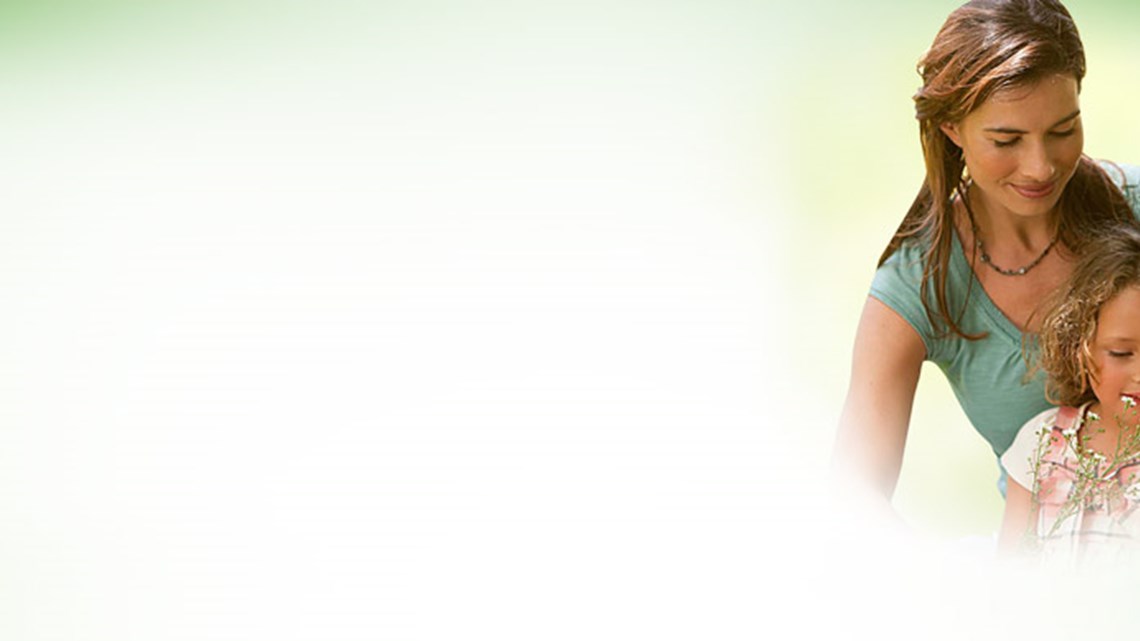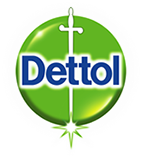Washing your hands with soap and water is particularly important when cold and flu are around. Every time you touch a contaminated surface, you can transfer germs to and from your hands — but proper and thorough hand washing helps to remove the germs from your hands.

It’s also important to wash your hands:
- before handling food or eating
- before preparing a baby’s feed or handling sterilised equipment
- before applying contact lenses
- immediately after handling raw foods, such as poultry
- after visiting the toilet or changing a nappy
- after touching animals or their toys or equipment
- after contact with blood or body fluids (like vomit, nasal secretions, saliva)
- after touching a contaminated area (e.g. cleaning cloth, drain, soil)
- before and after dressing a wound, giving medicine, or applying a medical device (e.g. catheter)
- more often when someone in your home is sick
- whenever hands look dirty.
The most effective way to wash your hands:
- Wet your hands with warm water and apply a small amount of liquid soap.
- Rub your palms together vigorously (away from the water) to make a lather.
- Rub every part of your hands, including the backs of your hands, your thumbs, between your fingers, and under and around your nails.
- Continue for at least 20 seconds. It takes that long for the soap and scrubbing action to dislodge and remove the germs.
- Rinse your hands well under clean, running water.
- Dry your hands thoroughly using a clean dry towel.
Keep your hands clean even if water isn't available, by using hand sanitisers designed to kill germs on hands that are not visibly dirty, without the need for water or towels.
